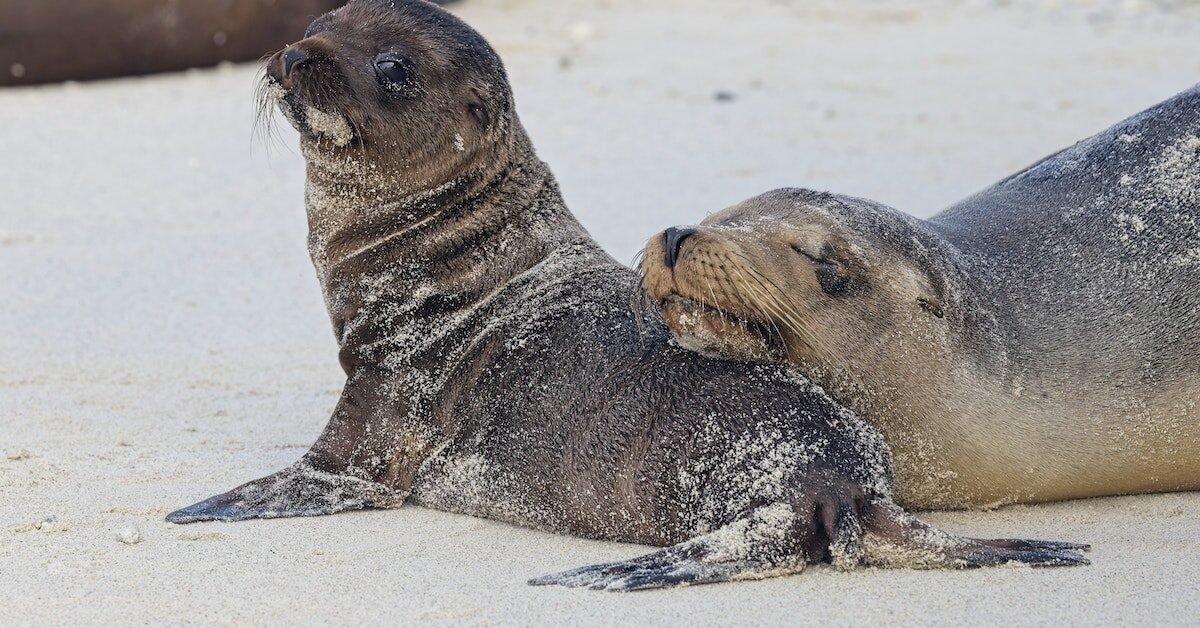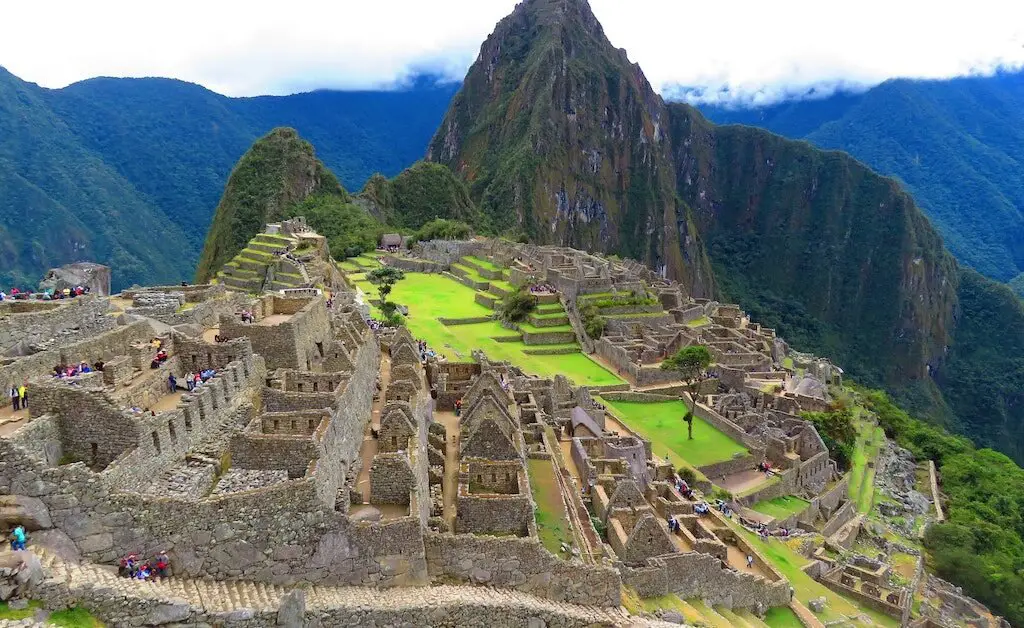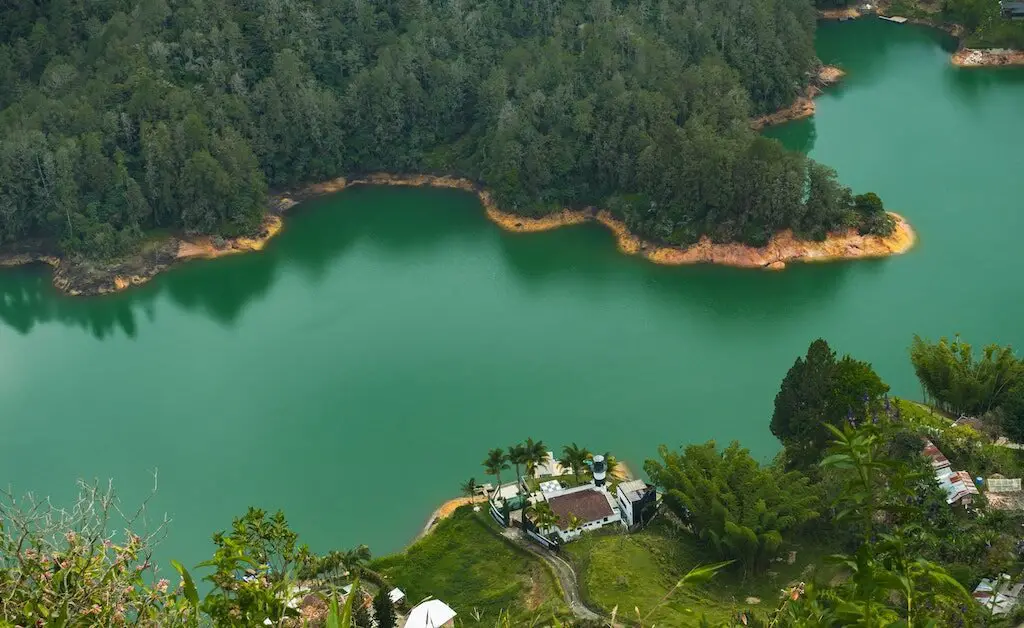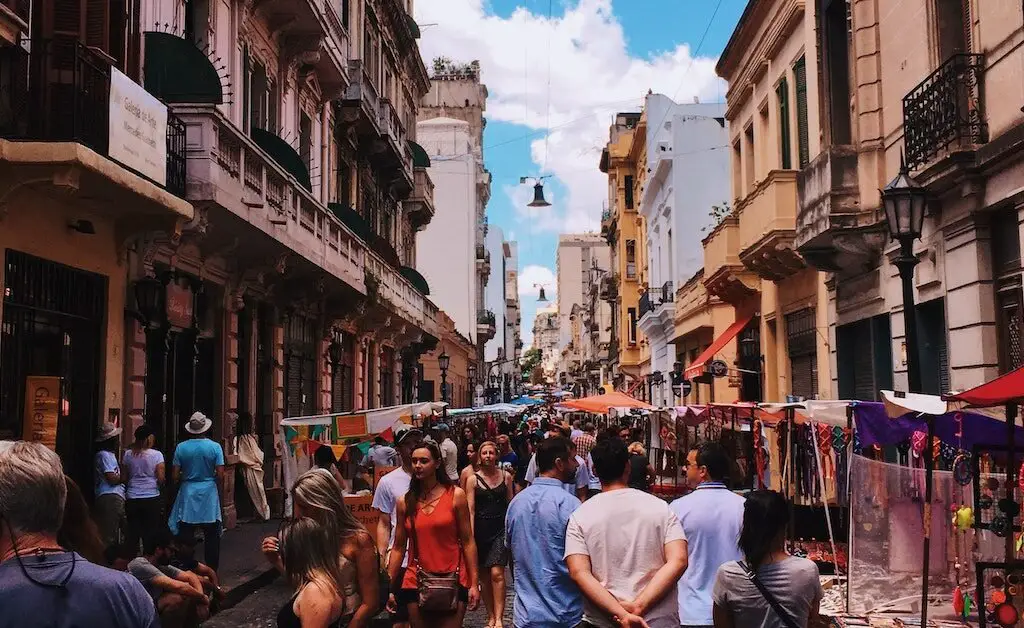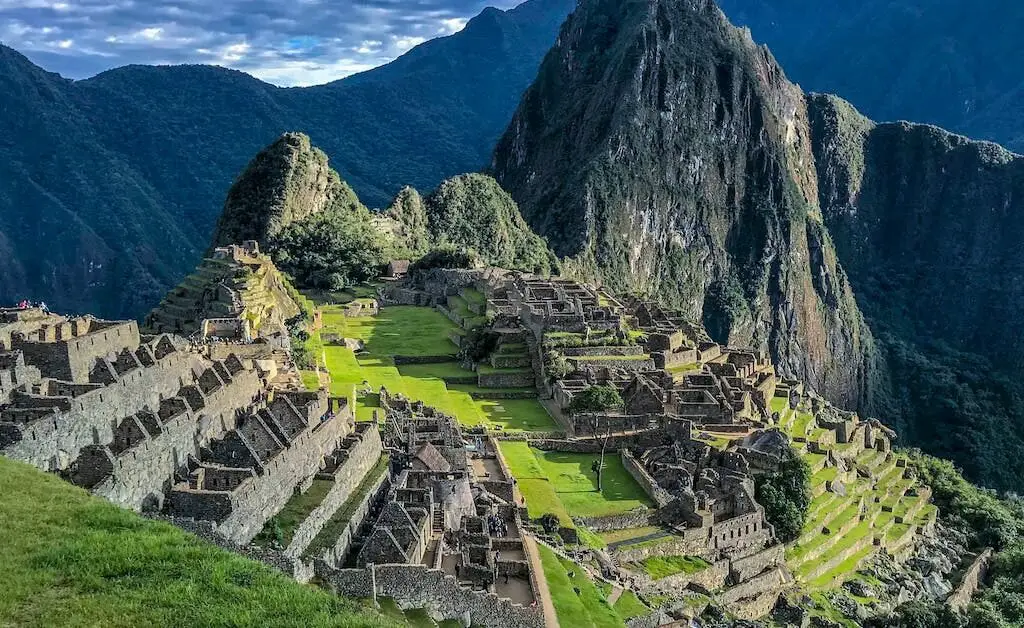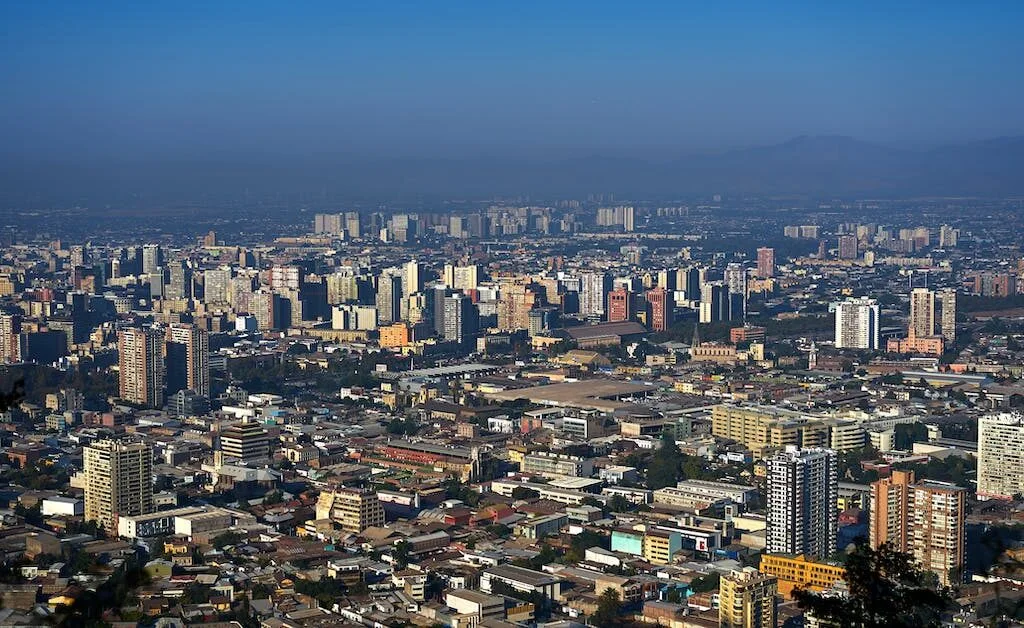The Galapagos Islands, a remote archipelago situated in the Pacific Ocean, are a year-round destination offering breathtaking natural wonders and unique wildlife experiences. Each month in this enchanting paradise has its own distinct rewards, making it a challenging task to decide when to embark on your Galapagos adventure. According to the experts, the best time to visit the Galapagos is from December to May.
Understanding Galapagos Weather and Climate
The Galapagos Islands weather is influenced primarily by the surrounding ocean currents. Despite being so close to the equator, the climate here is very consistent all year long. While there are seasonal variations, the temperature range is limited, with lows in the 60s Fahrenheit (16 Celsius) to highs in the 90s Fahrenheit (32 Celsius). Rain and fog are occasional, and wind patterns affect ocean conditions. Let’s delve deeper into the climate and weather specifics of the Galapagos Islands.

Galapagos Island Seasons
The Galapagos Islands have two predominant seasons: the “warm” season, from December to May, and the “cool” season, from June to November. It’s important to note that temperatures in the Galapagos remain warm even during the cool season. Unlike many other destinations, there is no true high or low season in the Galapagos. Additionally, the islands are not prone to hurricanes, making them suitable for year-round travel. When planning your trip to the Galapagos, keep in mind the best time to visit GALAPAGOS for your ideal experience.
The Best Time to Avoid Crowds in the Galapagos
It’s essential to take tourist trends into account if you want to enjoy the Galapagos to the fullest. Holidays like Christmas, Easter, and Spring Break, as well as the summer months when kids are out from school, see the largest number of people visiting the islands. Prices are usually at their highest during these times, so it’s crucial to reserve Galapagos trips and cruises far in advance. However, if you’re looking for a more sedate and reasonably priced Galapagos trip, think about going in the first few weeks of December, just before the holiday rush; the first few weeks of January, just after the holidays; or in September, after the summer high. Discovering the best time to visit GALAPAGOS can greatly enhance your experience.
Galapagos Warm Season (Rainy Season Galapagos)
The Galapagos warm season, which occurs from December through May, is characterized by temperatures ranging from the 70s to the upper 80s Fahrenheit (21-27 Celsius). During this time, the northern Panama current warms the waters to around 74 degrees Fahrenheit (21 Celsius), resulting in sunny days with occasional afternoon rains. These rains bring the barren landscape to life, leading to lush green vegetation and active wildlife. The finest months for underwater exploration are December through May, when the ocean is at its calmest and ideal for snorkeling and diving. Exploring the Galapagos Islands during this season can provide you with the best time to visit GALAPAGOS.
Galapagos Cool Season (Galapagos Dry Season)
From June to November, the Galapagos Islands experience the cool season, marked by temperatures ranging from the mid-70s to low 60s Fahrenheit (21–16 Celsius). During this period, the southern Humboldt and Peru currents cool the waters, occasionally dropping them to 66 degrees Fahrenheit (19 Celsius). This results in cooler, misty days and the onset of the Garua season, characterized by persistent marine fog. While underwater visibility may decrease, it’s still excellent for snorkeling, and this season offers unparalleled opportunities to witness penguins, dolphins, whales, and other large marine animals.
Galapagos Shoulder Seasons
Visiting the Galapagos Islands in May and November, during the transitional periods between the warm and cool seasons, can provide the best of both worlds. These shoulder seasons offer great weather, ideal ocean conditions, and relatively fewer tourists. Shifting currents also mean changing food sources for animals, leading to fascinating wildlife encounters. May and November are truly exceptional times to experience the Galapagos Islands.
Activities and Things to Do in the Galapagos Islands
While the Galapagos Islands are renowned for their incredible wildlife, there are a plethora of activities and events to enjoy beyond wildlife encounters. Here’s a selection of experiences to enhance your Galapagos adventure:
Snorkeling and diving
The Galapagos Islands offer some of the world’s most breathtaking underwater experiences. Snorkeling and diving enthusiasts will be in their element, exploring vibrant coral reefs and swimming alongside sea turtles, playful sea lions, and a dazzling array of marine life. There are alternatives for all ability levels, whether you’re a novice or an expert diver. Between December and May, when the ocean is calm, the water is warm, and the visibility is great, is the ideal period for diving and snorkeling.
Hiking and trekking
For those who love to explore on foot, the Galapagos Islands present a variety of hiking and trekking opportunities. Walk along scenic trails that wind through volcanic landscapes, lush highlands, and coastal cliffs. Each island offers unique trekking experiences, from spotting giant tortoises in the Santa Cruz highlands to discovering volcanic craters on Isabela Island. Don’t forget to bring sturdy hiking boots and plenty of water.

Birdwatching
Birdwatchers will be astounded by the diversity of avian species in the Galapagos. From the famous blue-footed boobies to the waved albatrosses of Espaola Island, there are countless opportunities for birdwatching. The best time for birdwatching is during the breeding and nesting seasons, which vary by species and island. March and April are particularly remarkable months to observe courtship rituals and nesting behaviors.

Kayaking and paddleboarding
Exploring the Galapagos Islands by kayak or paddleboard allows you to get up close to the rugged coastline, secluded coves, and mangrove forests. Paddle along pristine shores, observing marine life beneath you and taking in the breathtaking scenery. Many cruise tours offer kayak and paddleboard rentals, making it easy to embark on your aquatic adventure.
Galapagos events and festivals
Immerse yourself in the local culture by participating in Galapagos events and festivals. While the islands are primarily known for their natural wonders, they also host occasional cultural celebrations. One notable event is the Festival of San Cristobal, held in July and featuring parades, music, and traditional dances. Additionally, you can celebrate Ecuadorian holidays such as Carnival and Easter on the mainland, where vibrant festivities take place.
Stargazing
Away from the city lights and pollution, the Galapagos Islands offer exceptional stargazing opportunities. The clear night skies provide an ideal backdrop for stargazers to admire constellations, planets, and celestial wonders. Consider bringing a telescope or joining a stargazing tour for a memorable evening of cosmic exploration.
Monthly Breakdown: When to Visit the Galapagos Islands
January
Visiting the Galapagos in January means holiday crowds are gone, resulting in potential Galapagos deals. Warm currents from the north have shifted, marking the start of the Galapagos warm season. While occasional tropical rains and higher humidity are expected, January offers clear water with excellent visibility. It’s an ideal time for snorkeling and the beginning of the SCUBA season. Wildlife enthusiasts can witness land birds starting to nest and mate.
February
Galapagos in February boasts hot, humid days and clear, calm waters. Tropical rains are a possibility but quickly followed by sunshine. February is celebrated for its exceptional underwater visibility, marking the peak of the SCUBA season. Calm waters offer excellent conditions for snorkeling, kayaking, and even glass-bottom boat tours. Birdwatchers can spot greater flamingos and Bahama pintail ducks beginning their breeding season.
March
March in the Galapagos Islands brings the warmest time of the year. This marks the peak of the rainy season, but rain doesn’t dominate every day. Expect intense sun, hot, humid weather, and temperatures reaching the upper 80s. The warm waters continue, making snorkeling and SCUBA diving enjoyable. With lush vegetation and abundant food for animals, wildlife sightings are at their best. March 21st, the March equinox, heralds the arrival of waved albatrosses to Española.
April
Visiting the Galapagos in April signifies the end of the rainy season as rains diminish throughout the month. The usually arid coastline transforms into lush greenery, providing an abundant food source for wildlife. Temperatures remain hot, and underwater visibility is still excellent, making it an ideal time for water activities. April is a popular month for Galapagos tours, but it’s wise to book in advance to secure your spot.
May
May in the Galapagos offers warm but not scorching temperatures, making outdoor activities enjoyable. Warm, clear waters provide excellent conditions for snorkeling and diving. May is a transition month between the warm and cool seasons, offering dynamic weather and active terrestrial and marine life. It’s considered by many as the best time to visit the Galapagos Islands due to its favorable weather, wildlife, and water temperature.
June
June marks the beginning of the cool season as cool Humboldt and Peru currents replace the warm Panama current. While temperatures are warm, it’s not as hot and humid as previous months. June introduces the Garua season, characterized by marine fog and mist. Snorkeling remains excellent, but visibility is slightly reduced. Tradewinds return, leading to choppier seas, making it an excellent time for birdwatching and hiking.
July
July continues the cool season with comfortable temperatures and marine mist. July is part of the busy summer travel season, especially for families. Tradewinds strengthen, creating stronger currents and surge in the ocean. While snorkeling conditions are still good, it’s essential to be prepared for cooler waters, so a wetsuit might be necessary. This is a great time for bird enthusiasts, as many species are nesting.
August
August maintains the cool season’s comfortable temperatures, misty marine conditions, and strengthening tradewinds. It’s a busy time for tourism, so booking in advance is wise. Snorkeling remains popular, but water temperatures are cooler, so consider bringing or renting a wetsuit. August is an excellent month for witnessing various bird species nesting and hatching.
September
September in the Galapagos Islands signifies the transition from the cool to the warm season. While temperatures begin to rise, visitors can still enjoy comfortable weather. This month sees fewer tourists, making it an excellent time for quieter explorations. Snorkeling conditions improve, and warmer waters return, attracting marine life. September is the ideal time for spotting newborn sea lions and the beginning of the waved albatross nesting season.
October
October continues the transition towards the warm season, with rising temperatures and more comfortable weather. It’s a shoulder season with fewer crowds and an excellent time for both land and water activities. Snorkeling conditions are favorable, and many marine species are active. Wildlife enthusiasts can witness waved albatrosses and blue-footed boobies during their nesting periods.
November
November is a delightful time to visit the Galapagos, as the warm season fully takes hold. With comfortable temperatures, clear skies, and lush vegetation, it’s a great month for outdoor activities and wildlife encounters. Snorkeling conditions are excellent, and marine life is abundant. November marks the peak of the waved albatross nesting season, offering a remarkable birdwatching experience.
December
Visiting the Galapagos in December brings you into the heart of the warm season. While temperatures rise, the clear waters are perfect for snorkeling and diving. Occasional tropical rains, sunny days, and lush greenery make the islands come alive. December is an ideal time for observing land birds nesting and mating. Travelers can enjoy the holiday season without the crowds, making it a fantastic time for a Galapagos getaway.
Conclusion
In summary, choosing the perfect time to explore the Galapagos Islands is a personalized decision, influenced by your unique preferences, interests, and budget. While our experts recommend the period from December to May for its delightful mix of warm weather, crystal-clear waters, and vibrant wildlife, it’s essential to remember that each month holds its own allure.
The Galapagos Islands graciously welcome visitors year-round, ensuring that you can embark on your adventure of a lifetime whenever suits you best. Whether you’re an enthusiastic snorkeler, a devoted wildlife admirer, or simply in search of a tranquil retreat, the Galapagos Islands beckon with their breathtaking natural beauty and unparalleled biodiversity.
Your Galapagos adventure awaits, promising an immersive encounter with the wonders of our planet.
Read More : Unlock Ecuador’s Hidden Gems: Your Ultimate Guide to the Best Time to Visit!

